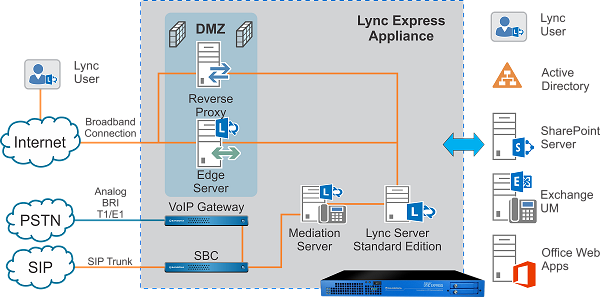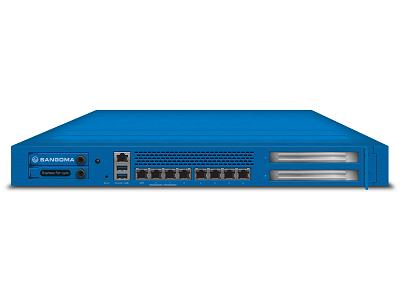- HOME
- PRODUCTS
- SOLUTIONS
- Service Providers
- Secure Remote User Management
- Microsoft Lync Skype for Business: All-in-One Solution
- Enterprise Communications
- Affordable PBX Platforms
- Branch Office Survivability
- Call Recording Directly From T1/E1
- Connecting Legacy Equipment to an IP PBX
- Connect Legacy Equipment to Next Generation IP PBXs
- Contact Centers
- Fax over IP
- Interactive Voice Response
- IP-PBX Systems
- Lync Interworking with IP-PBX
- Remote Office Connection without VPN
- SIP Trunking – Enterprise
- Education
- OEM
- Developers and Integrators
- PURCHASE
- RESOURCES
- NEWS & EVENTS
- SUPPORT
- CONTACT US
- HOME
- PRODUCTS
- SOLUTIONS
- Service Providers
- Secure Remote User Management
- Microsoft Lync Skype for Business: All-in-One Solution
- Enterprise Communications
- Affordable PBX Platforms
- Branch Office Survivability
- Call Recording Directly From T1/E1
- Connecting Legacy Equipment to an IP PBX
- Connect Legacy Equipment to Next Generation IP PBXs
- Contact Centers
- Fax over IP
- Interactive Voice Response
- IP-PBX Systems
- Lync Interworking with IP-PBX
- Remote Office Connection without VPN
- SIP Trunking – Enterprise
- Education
- OEM
- Developers and Integrators
- PURCHASE
- RESOURCES
- NEWS & EVENTS
- SUPPORT
- CONTACT US
- HOME
- PRODUCTS
- SOLUTIONS
- Service Providers
- Secure Remote User Management
- Microsoft Lync Skype for Business: All-in-One Solution
- Enterprise Communications
- Affordable PBX Platforms
- Branch Office Survivability
- Call Recording Directly From T1/E1
- Connecting Legacy Equipment to an IP PBX
- Connect Legacy Equipment to Next Generation IP PBXs
- Contact Centers
- Fax over IP
- Interactive Voice Response
- IP-PBX Systems
- Lync Interworking with IP-PBX
- Remote Office Connection without VPN
- SIP Trunking – Enterprise
- Education
- OEM
- Developers and Integrators
- PURCHASE
- RESOURCES
- NEWS & EVENTS
- SUPPORT
- CONTACT US

Did you know that the corporate PBX can be entirely replaced by a Microsoft Lync installation?
If you are familiar with Lync’s predecessor, Microsoft Office Communications Server (OCS), may be interested to know that Lync has been augmented with functions that enable many enterprise voice features. On its own, Lync supports voice communication between Lync clients, along with a rich mix of Unified Communications (UC) offerings, including presence, conferencing, screen sharing, whiteboard and file transfer. But to make Lync a true PBX replacement, certain key elements must be provided by outside vendors. With some additional equipment and system configuration, full PBX functionality, including connection to the outside telephone network, is possible. Using Lync as the corporate PBX can generate the best ROI when Microsoft Exchange is already deployed, or is part of the IT roadmap, because Microsoft Exchange is the key to providing features such as voicemail and Interactive Voice Response (IVR).
More cost effective
Rather than paying to forklift a dedicated PBX system onto the premises, existing infrastructure is leveraged to achieve the same results. Although some Microsoft software licenses may need to be upgraded, this is usually less expensive than purchasing and deploying an entirely new IP-PBX/PBX solution.
Use existing IT department expertise
For an organization that already has Microsoft-based infrastructure, the incremental training to operate Lync is usually favorable compared to training required for PBX maintenance.
Lync can be configured to support remote workers
Lync already provides presence indication, and helps bring remote workers closer to their colleagues through online collaboration tools such as IM, screen sharing and file transfer. The addition of voice allows them to bring their desk extension to their home office.
Support mobility
A Lync PBX system supports a single number to reach workers at their desk and on their mobile phone. They can also use this same single number when dialing out from their mobile phone.
Configuring Microsoft Lync as an PBX Replacement
Lync also introduces complexities when implemented as a phone system. Decisions must be made about which servers should host particular Lync and Exchange modules. For example, some modules could co-exist on a single server as virtual machines, or each could run on its own server. Once server groupings have been established, each server has to be “right-sized” with adequate memory, disk storage and CPU power. Lync can connect to the telephone network using a Microsoft certified SIP trunk. This requires more bandwidth to carry the same amount of voice traffic, increasing internet access charges and reducing the number of simultaneous calls and data transfer activities on the internet connection. There are fewer suppliers to choose from when selecting a Microsoft certified SIP trunk compared with standard SIP trunks. There are alternative ways to connect to the telephone network using third party equipment. Lync can connect to a standard SIP trunk when a Session Border Controller (SBC) is added to the network. The SBC translates between Microsoft TCP-based SIP and standard UDP-based SIP. An SBC is highly recommended for any SIP connection to protect the network from toll fraud and other hacking activities. Lync can also connect to standard PSTN trunks and individual phone lines using an appropriate media gateway.
Sangoma Express for Lync: Convenient and Easy
Express for Lync is a Sangoma product ideal for any business that already has the key Exchange components, but has not yet implemented a Lync system. Express for Lync is an all-in-one Lync appliance, which contains the key Lync systems including Lync server, edge server, and mediation server. Express for Lync includes a session border controller (SBC) and a Sangoma VoIP gateway, and can supply Active Directory if required. The server is “right-sized” to host the combination of servers that it supports. Express for Lync offers a variety of PSTN connection options, including T1/E1, BRI/ISDN and FXO analogue interfaces, depending on the model. This gives corporations the choice of using SIP trunks, traditional telephone trunks, or both.
Download PDF Version
Learn more about Sangoma Express for Lync

Express for Lync
Express for Lync is the Lync server appliance with a built-in VoIP gateway and SBC that are qualified and tested for Lync. It is the easiest and most convenient way to deploy Lync with telephony support for Office 365, for a branch office or for a complete PBX replacement using Lync for installations of less than 1,000 users.